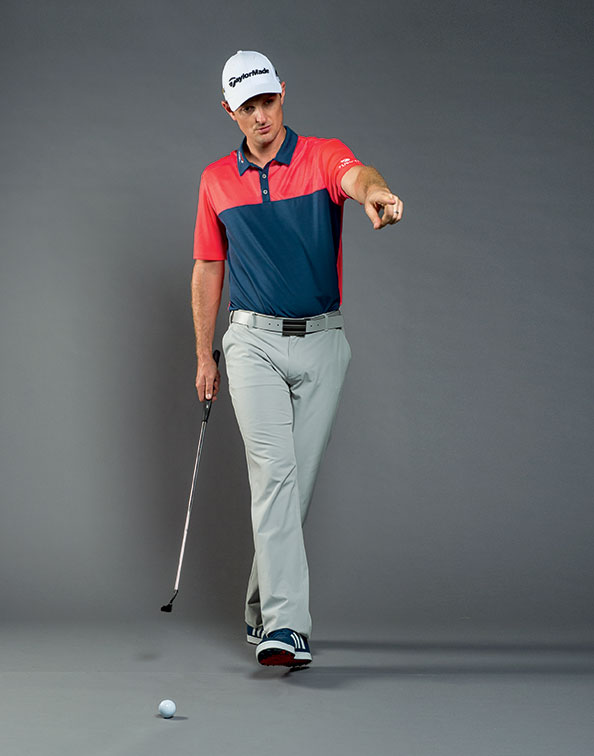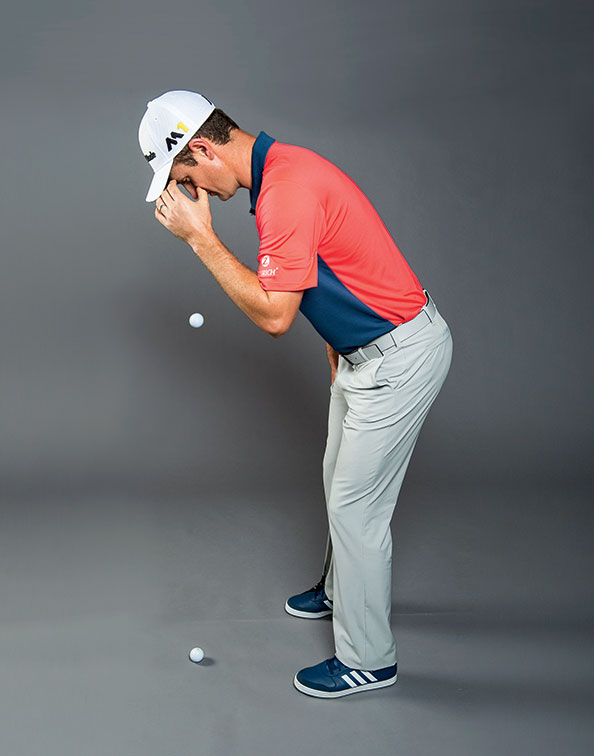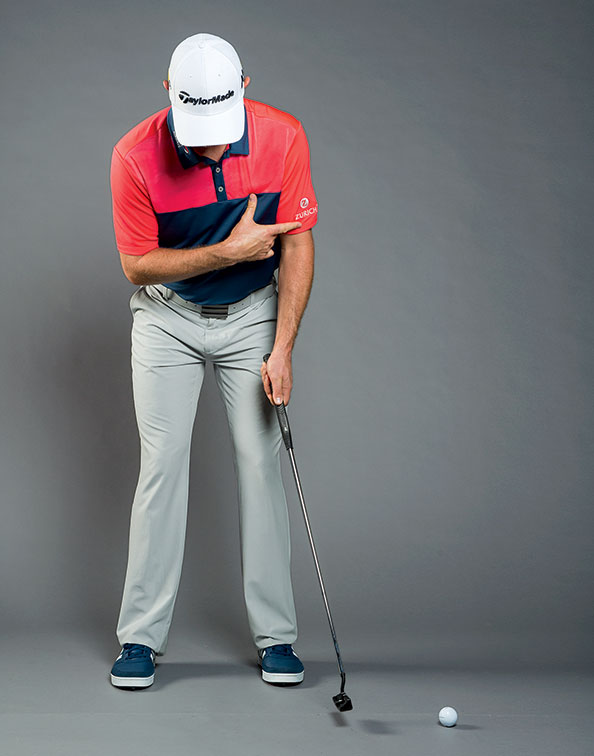How To Be A Better Putter From Any Distance
Let me start by asking you two questions. How many times have you stood over a putt and felt like something wasn’t quite right? And at those times, how often did you hit the putt anyway? That’s lesson No.1: Good putting starts with being comfortable over the ball. Sure, the stroke is important, but so is getting a good read of the green and being precise and confident in your setup. If you’re over the ball and things feel a little off, back away and start over. My putting has improved greatly by doing simple things like that, and you can do the same. Here are some more tips to focus on. – with Ron Kaspriske
The Long Ones
I’m making a lot more long putts simply by accessing my brain’s ability to calculate distance. As you’re walking into a longer putt – especially one that breaks – picture the ball’s path all the way to the hole. I like to see that line from the hole back to the ball, but you can look at it the opposite way, too. Remember that speed is the most important factor. Once you picture the line, you should have a pretty good feel for how long a stroke you need. Take a few practice strokes with pace in mind. Even if you miss, and the odds are you will from long distance, visualising the line will help you get it close enough so you can tap in the next one. The technical key for me on longer strokes is letting the chest drive the motion. Moving my chest back and through, with my arms riding along, creates an even tempo and plenty of power to get to the hole.

The Short Ones
From six feet and in, hitting the ball in the centre of the putterface should be your goal for the stroke. But before you take the club back, are you sure you’re aimed correctly? If your head isn’t in the right place when you stand over the ball, the path you think the ball needs to take might be off by an inch or two – it’s an optical illusion. Here’s an easy way to check: Stand over a ball on the ground and hold a second ball against your left eye socket. Now let the ball drop. If it hits the inside part of the ball on the ground, your eyes are on the putting line. If it misses, adjust your head position and try again. One more trick to help make the short ones: Before you get ready to putt, focus on a tiny part of the ball for a couple of seconds, and then make your stroke. By quieting your eye activity, you’ll discourage looking up too soon and accidentally steering the putt off line.

Common Fault
I see a lot of bad putts come from trying to guide the ball to the hole with the hands and arms. Remember, the chest is the engine of the stroke. The hands and arms obviously move, but they play a passive role. Every once in a while my left arm separates from my chest on the through-stroke because I’m moving my torso too slowly. When that happens, the putter swings on a path right of my target and I miss out there. So be sure to maintain the connection between your lead arm and chest [right]. If you keep your chest moving, you’ll hit more putts on line.

Justin Rose is a seven-time winner on the US PGA Tour, including the 2013 US Open.




